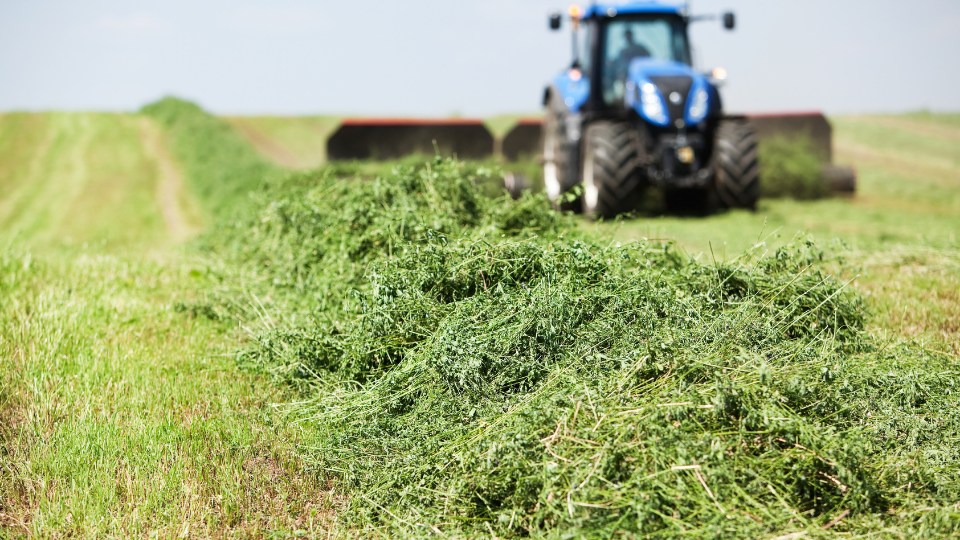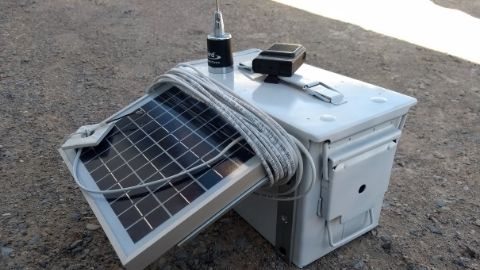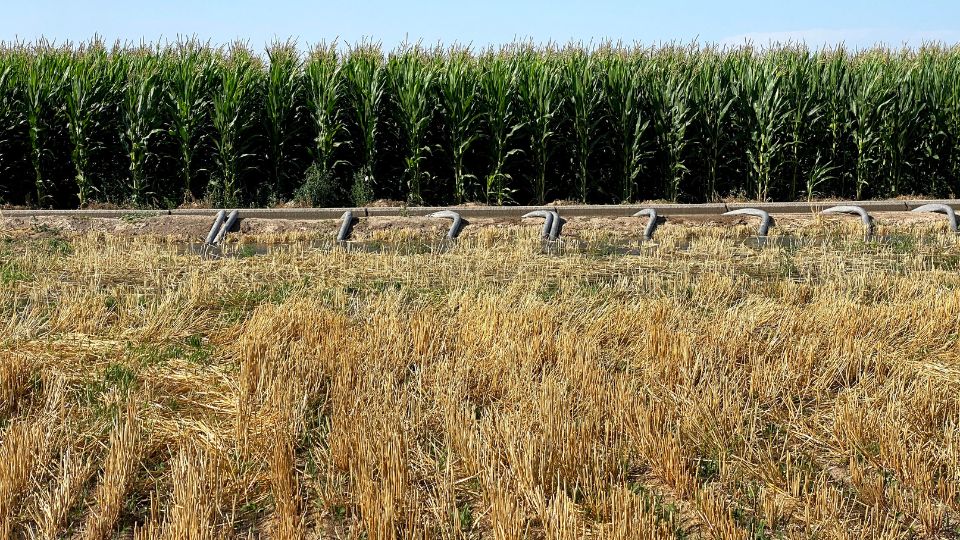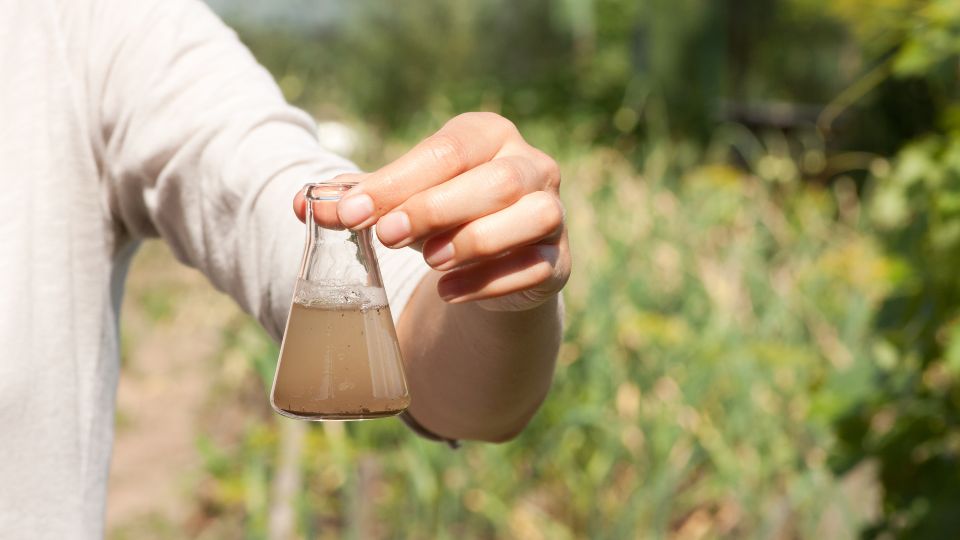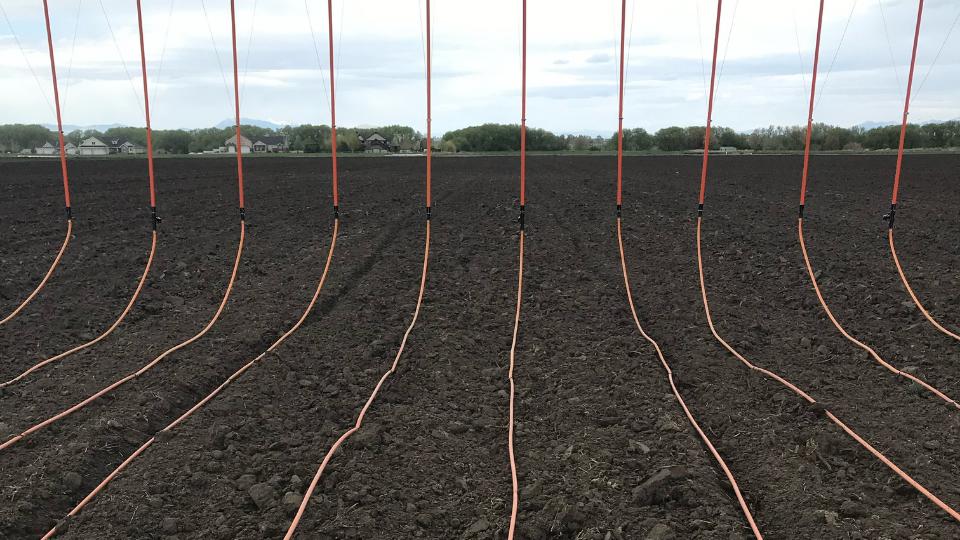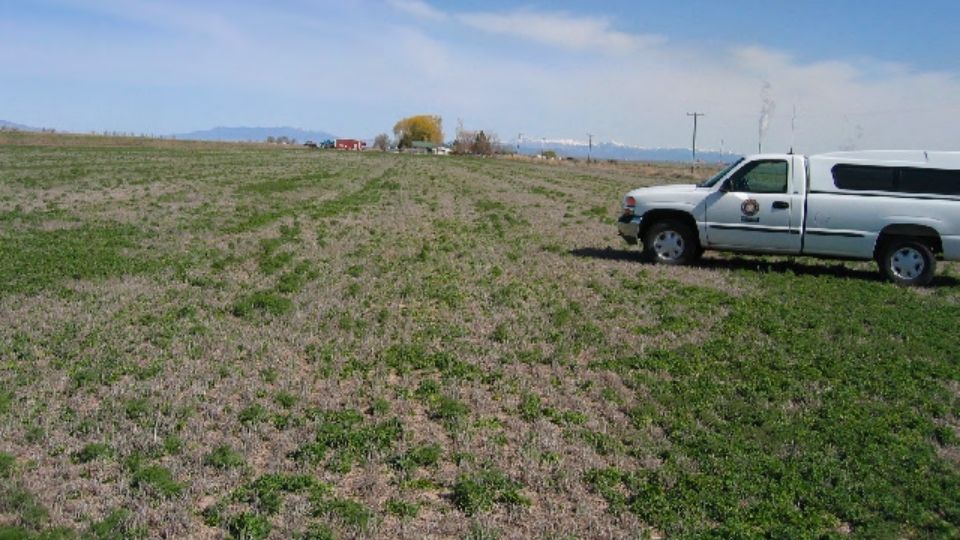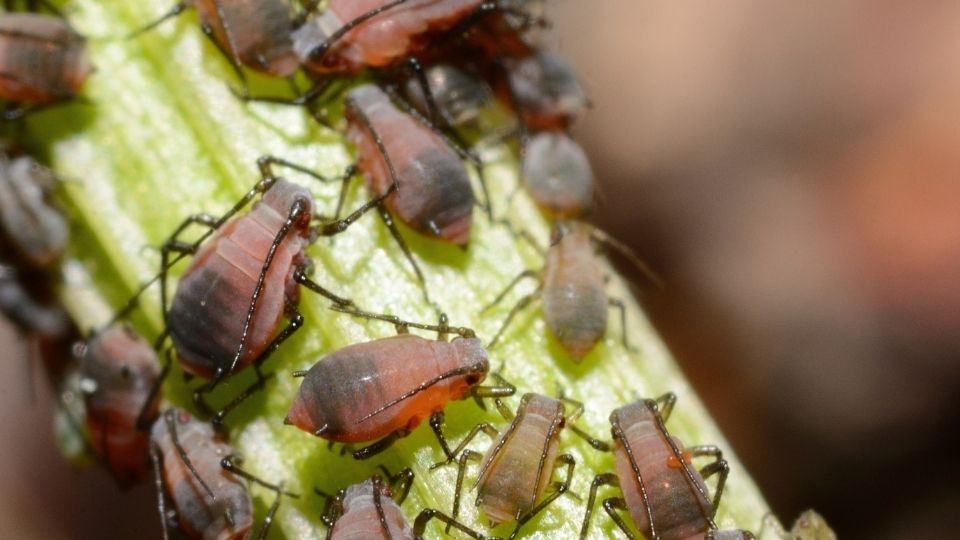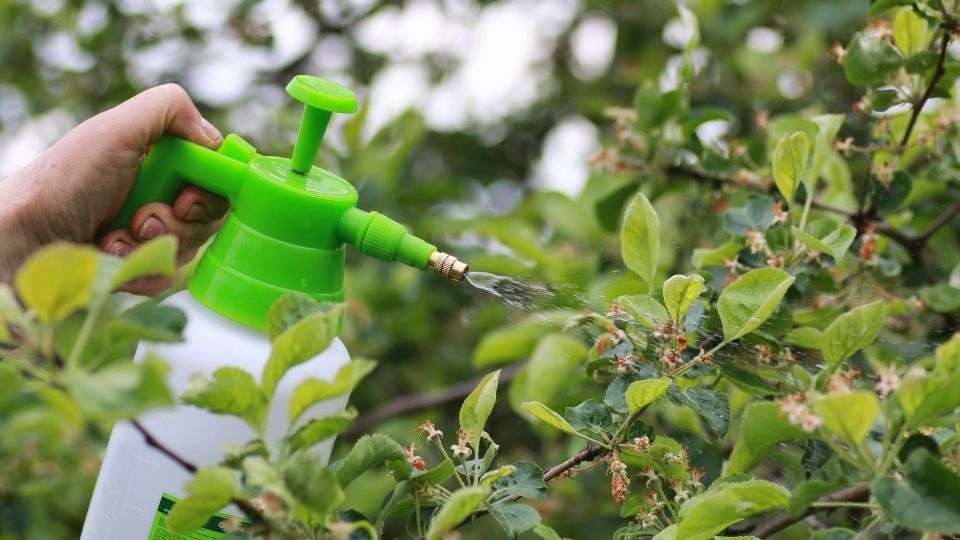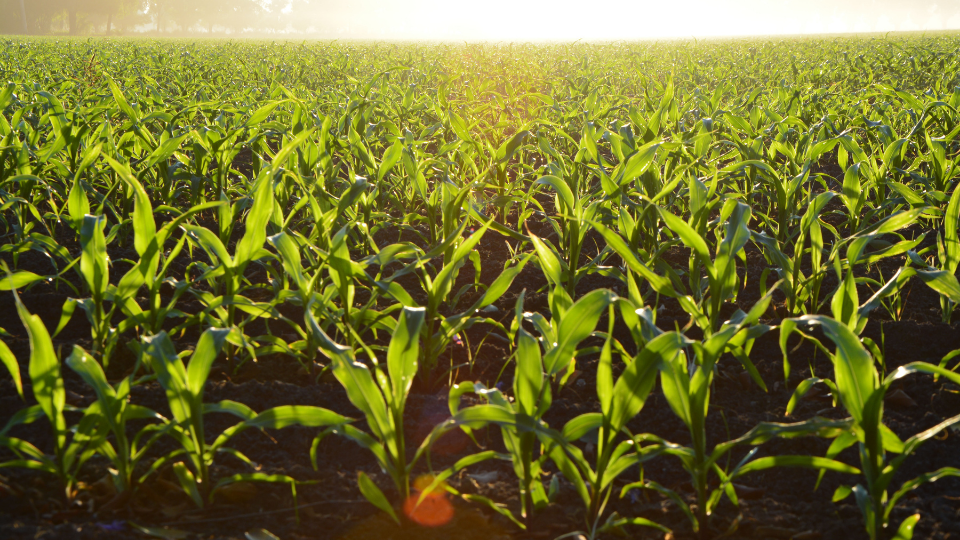Irrigated Alfalfa Variety Performance, 2011-2014; North Logan, Utah
Alfalfa is the most important crop in Utah, both in terms of acreage and revenue. Although often overlooked, one of the most critical decisions made in alfalfa production is determining which variety to plant. This report summarizes dry matter (DM) yields...



